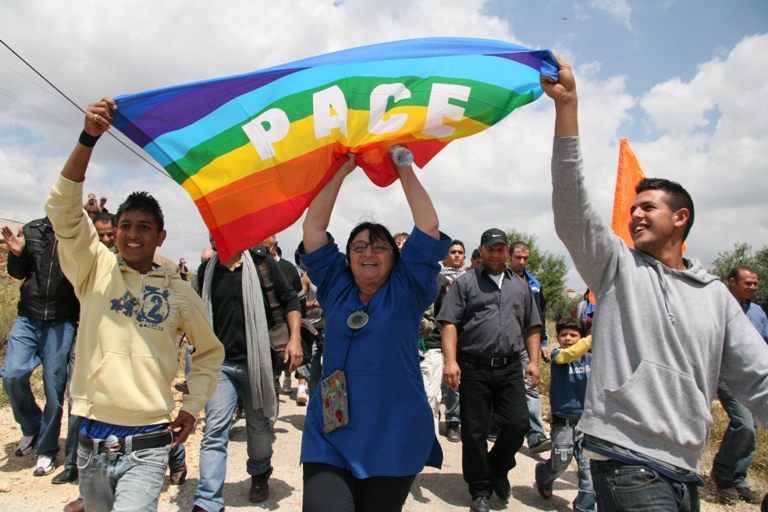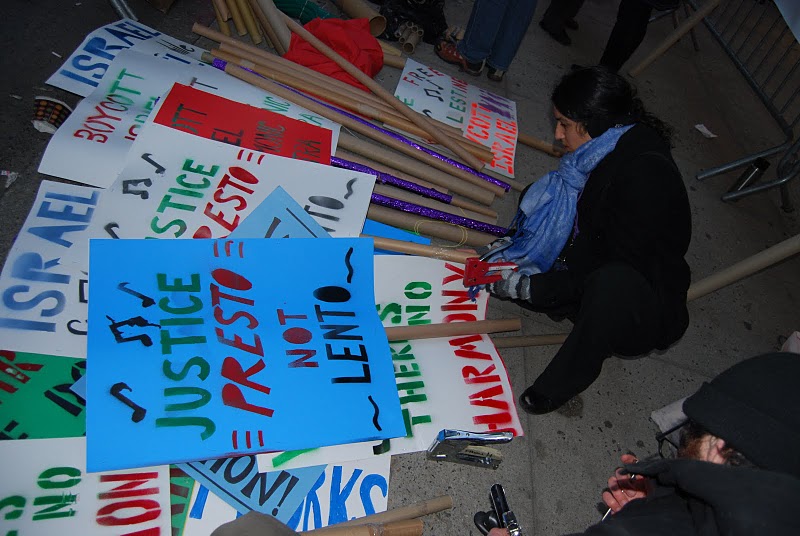Category: Press Releases
-
Bil’in marches against US veto in the United Nations
25 February 2011 | Popular Committee Against the Wall Dozens were injured in the weekly demonstration against the Occupation and settlements. The demonstration was held against the United State’s veto of a UN resolution which condemned Israel’s illegal settlements. The demonstration was attacked with tear gas by Israeli soldiers who wanted to crush the nonviolent…
-
April 20-23: The 6th Annual Bil’in Conference on the Palestinian Popular Struggle
As nonviolent resistance for freedom sweeps across the Arab world, join us in harnessing the winds of change at the 6th annual Bil’in Conference. What: 6th Annual Bil’in Conference on the Palestinian Popular Struggle When: 20-23 April 2011 Where: The Village of Bil’in, Occupied West Bank From Gaza to Bil’in, popular resistance to the occupation…
-
Adalah-NY: New Yorkers protest Israel Philharmonic for whitewashing apartheid, protests planned in other US cities
22 February 2011 | Adalah-NY February 22 – Seventy New Yorkers protested the Israel Philharmonic Orchestra’s (IPO) performance at Carnegie Hall Tuesday evening, using chants, songs and street theater to highlight the IPO’s role in whitewashing Israel’s apartheid policies against the Palestinian people. The orchestra’s performances are being met with protests in six of the…


